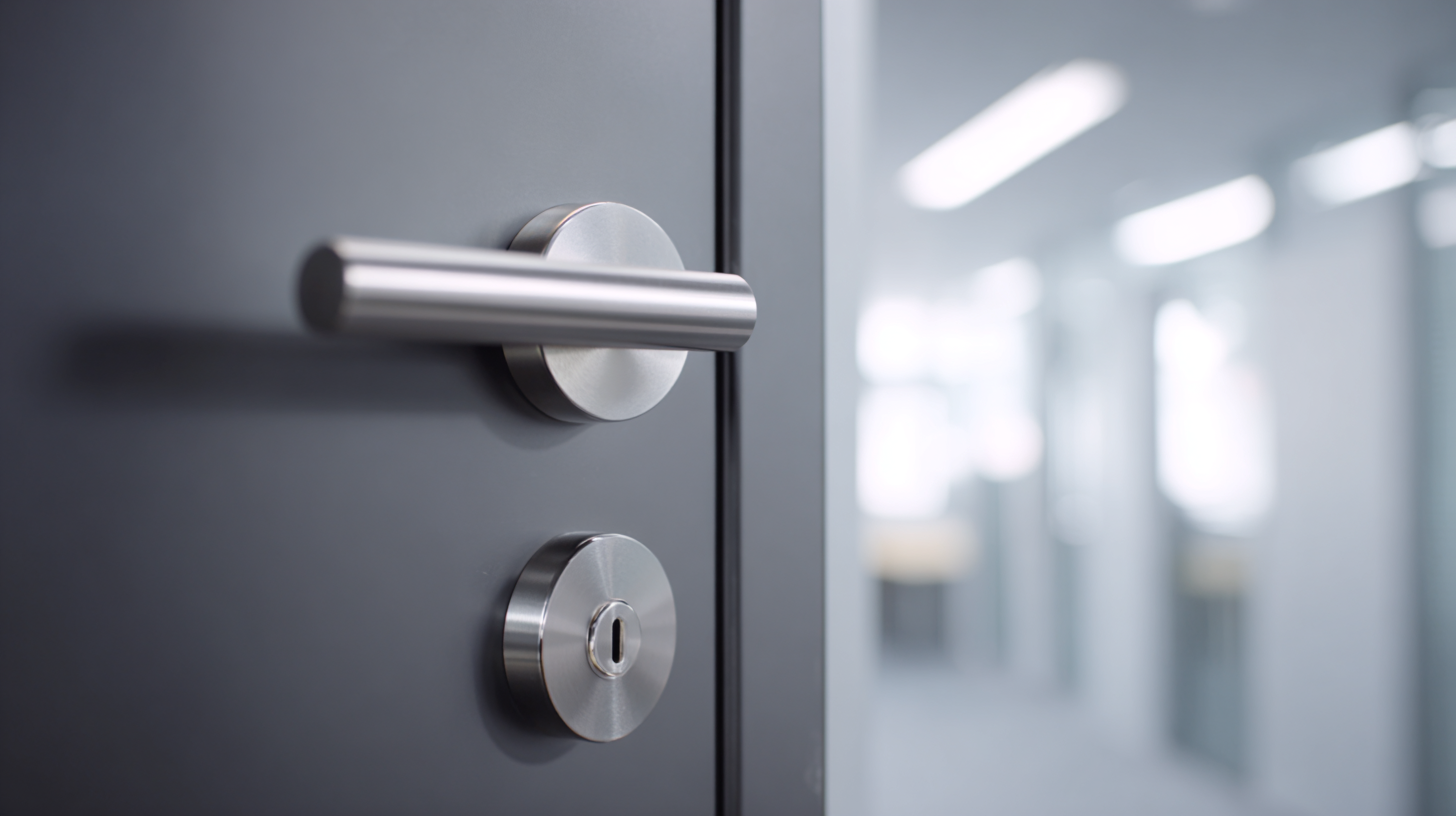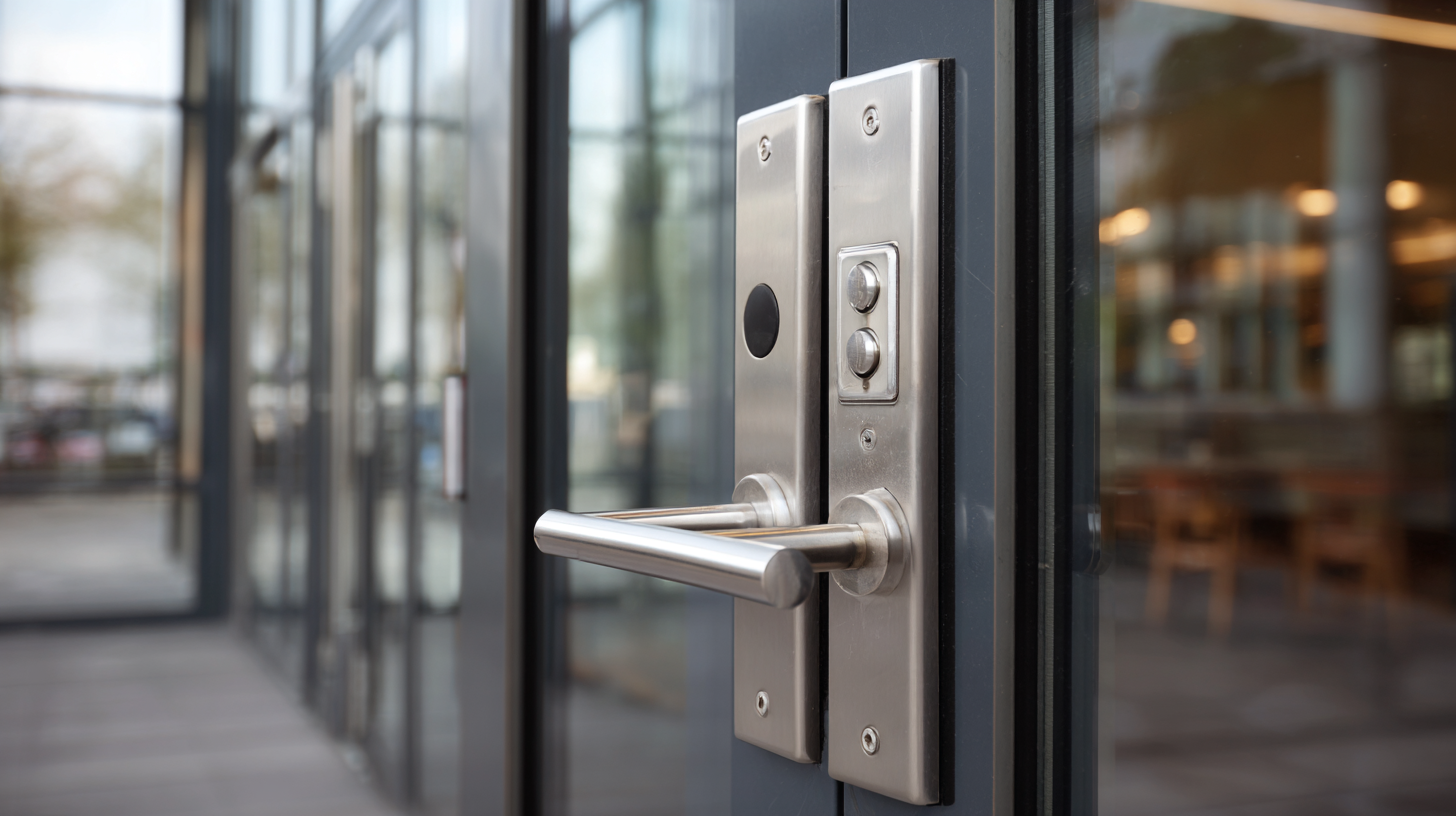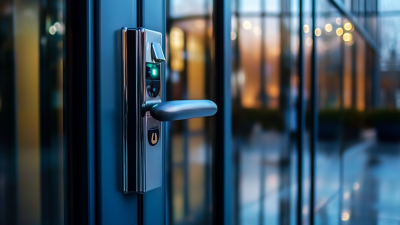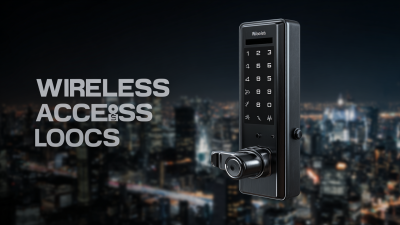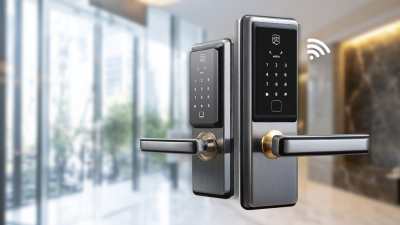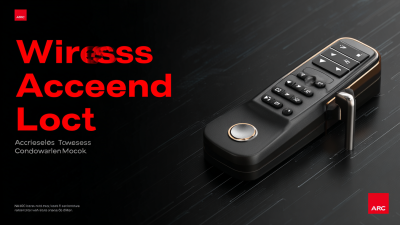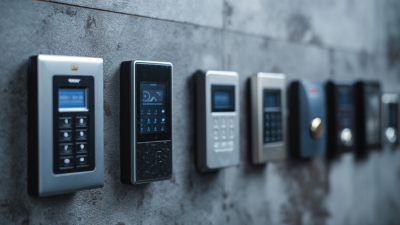How to Select the Most Secure Door Entry Systems for Your Business Safety Needs
In an increasingly unpredictable world, ensuring the safety of your business premises is a paramount concern for every owner. One of the most effective ways to bolster your security measures is by choosing the right Door Entry Systems. These systems not only regulate access to your facilities but also serve as a first line of defense against unauthorized entry and potential threats. However, with numerous options available on the market, selecting the most secure Door Entry Systems can be a daunting task. Factors such as technology type, ease of use, scalability, and customer support must be considered to match your specific safety needs. In this guide, we will explore essential criteria and practical tips to help you navigate the selection process, ensuring that your business remains a safe and secure environment for both employees and clients.
Understanding Different Types of Door Entry Systems Available for Businesses
When it comes to securing your business premises, understanding the various types of door entry systems available is crucial. One of the most common systems is the traditional key and lock mechanism, which offers a basic but effective level of security. While it’s cost-effective and simple to use, it comes with the risk of lost keys and unauthorized duplication. Hence, many businesses are shifting towards more advanced options.
Electronic access control systems are gaining popularity due to their flexibility and enhanced security features. These include keycard systems, biometric scanners, and mobile entry apps. Keycard systems allow for easy access management and the ability to deactivate lost cards immediately. Biometric systems utilize unique identifiers, such as fingerprints or facial recognition, significantly reducing the chance of unauthorized access. Additionally, mobile entry systems leverage smartphones for access, offering convenience and the potential for monitoring entry logs in real time. Each of these options provides distinct advantages, and businesses should evaluate their specific safety needs to choose the most appropriate door entry solution.
How to Select the Most Secure Door Entry Systems for Your Business Safety Needs
| Entry System Type |
Security Level |
Access Control |
Installation Requirements |
Cost Estimate |
| Keypad Lock |
Medium |
PIN Code |
Easy DIY |
$100 - $300 |
| Card Reader |
High |
RFID Card |
Moderate |
$200 - $600 |
| Biometric System |
Very High |
Fingerprint/Iris |
Professional Installation |
$500 - $1,500 |
| Smart Lock |
High |
Mobile App |
Easy DIY |
$150 - $400 |
| Intercom System |
Medium |
Video/Audio |
Moderate |
$200 - $800 |
Key Features to Look for in a Secure Door Entry System
When selecting a secure door entry system for your business, it’s crucial to focus on key features that enhance safety and accessibility. One of the primary aspects to consider is the type of access control technology used. Systems that employ smart card readers or biometric identification, such as fingerprint scanners or facial recognition, significantly reduce the risk of unauthorized access compared to traditional key entry systems. These technologies also allow for easy tracking of entries and exits, providing valuable data in the event of a security incident.
Another important feature is the ability to integrate with other security measures. A comprehensive door entry system should seamlessly work with surveillance cameras, alarm systems, and even automated locks. This not only improves overall security but also enables a centralized control point for monitoring and managing all access points. Additionally, consider systems that offer remote access capabilities, allowing you to manage and monitor entry points from anywhere, which adds a layer of convenience while maintaining robust security measures.
Key Features in Secure Door Entry Systems
Evaluating the Technology Behind Door Entry Systems for Enhanced Security
When evaluating the technology behind door entry systems, it’s essential to consider the evolving landscape of security threats facing businesses today. According to a report by the Security Industry Association (SIA), nearly 47% of businesses have reported experiencing a security breach in the past year, underscoring the need for robust access control solutions. Modern door entry systems leverage advanced technologies such as biometric identification, mobile credentials, and cloud-based access management, significantly enhancing security.
Biometric systems, which utilize fingerprints or facial recognition, have gained traction due to their ability to provide a higher level of assurance. Research indicates that biometric authentication can reduce unauthorized access incidents by up to 70%. Furthermore, cloud-based entry systems allow for real-time monitoring and management, enabling businesses to respond swiftly to potential security threats. A recent study highlighted that organizations utilizing such systems experienced a 30% decrease in security-related incidents, showcasing the effectiveness of integrating technology into access control strategies. Adopting these advanced technologies positions businesses to better safeguard their assets and ensure the safety of employees and customers alike.
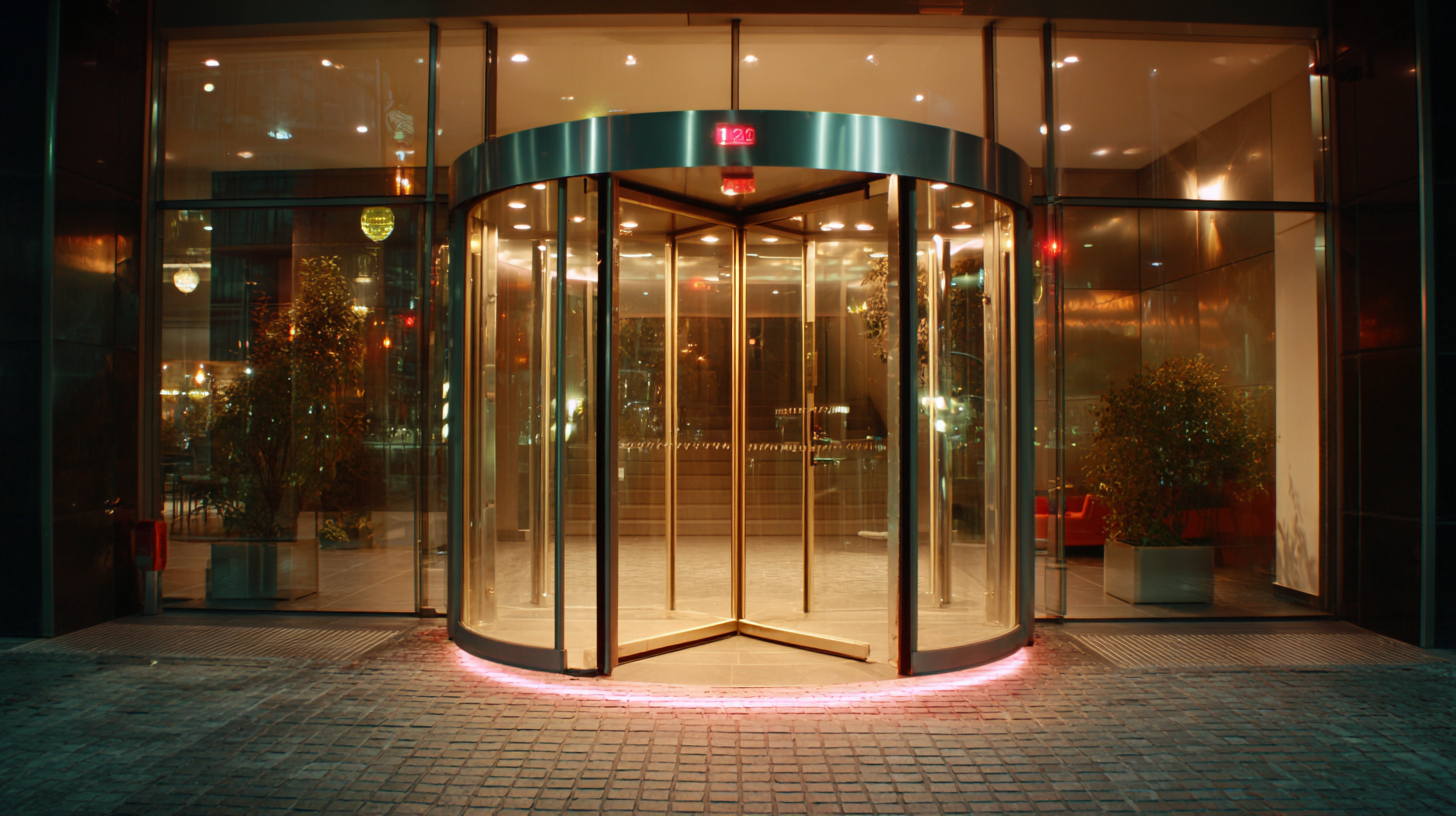
Assessing Your Business Environment to Choose the Right Entry System
When selecting a door entry system for your business, it is crucial to assess your specific business environment. Different settings—whether retail, corporate offices, or industrial facilities—have unique security needs. For example, a retail store may require a high-traffic access point that balances security with customer flow, while a corporate office might prioritize protecting sensitive information.
Evaluating the physical layout, foot traffic patterns, and potential vulnerabilities plays a significant role in determining the most effective door entry solutions.
Additionally, consider the overall security strategy of your organization. This involves integrating the entry system with existing surveillance cameras, alarm systems, and access control measures. For instance, if your business handles sensitive data, a biometric entry system could be essential to ensure that only authorized personnel can enter restricted areas. By thoroughly assessing your environment and understanding the specific safety requirements of your business, you can select the most secure door entry systems that not only enhance safety but also align with your operational needs.
Installing and Maintaining Your Door Entry System for Optimal Safety Results
Recent incidents in Shanghai, where over 1,700 door entry systems failed simultaneously due to aging infrastructure installed by the government, underline the critical importance of selecting the right door entry systems for business safety. This situation serves as a stark reminder that even systems initially perceived as secure can falter, leading to significant access issues for residents. Regular maintenance and timely updates are essential to ensure these systems remain operational and effective.
When selecting a door entry system, it is vital to opt for solutions that have a reputation for reliability and robustness. According to industry reports, investing in advanced systems with features such as remote access control, video surveillance integration, and compatibility with smart home technology can enhance security measures. For instance, a significant percentage of businesses are turning to wireless systems for their flexibility and ease of installation, which can also facilitate simpler maintenance protocols. Regular evaluations and updates of these systems can prevent failures similar to those seen in Shanghai, ensuring that businesses maintain optimal safety and security for their operations and personnel.
